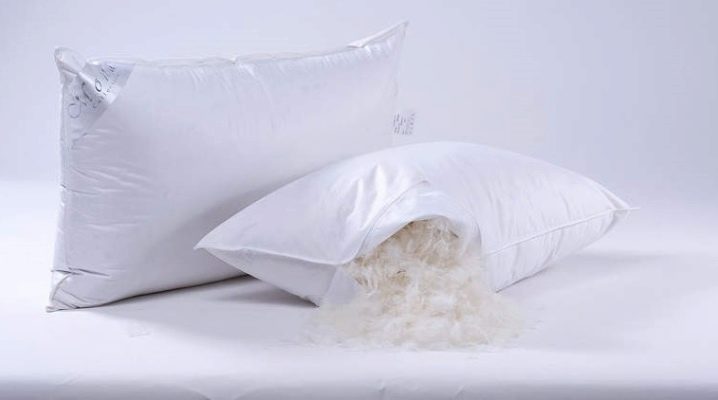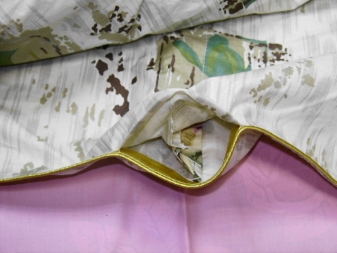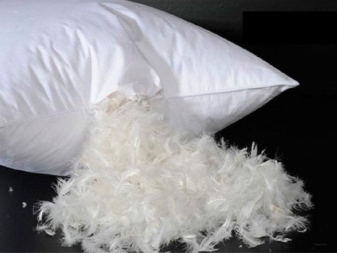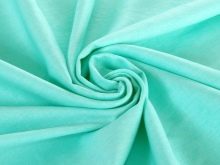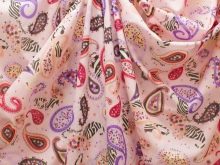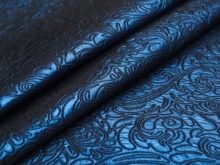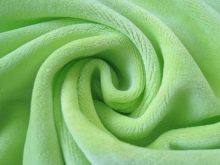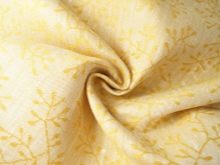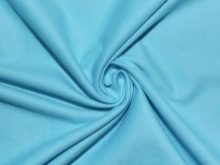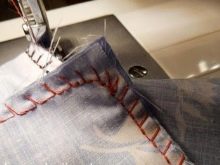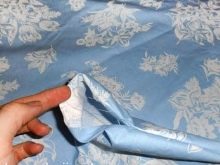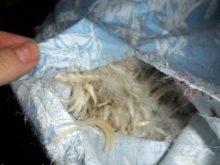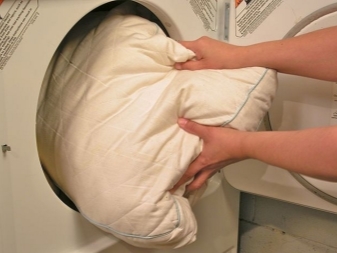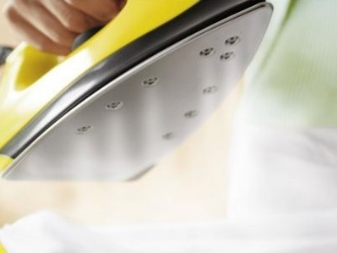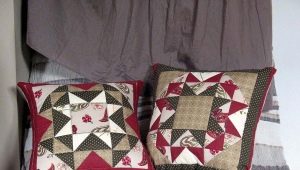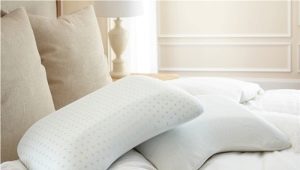Napernik for pillows
“How you sleep - so you live,” proverb says. A person spends most of his life in a dream, but sometimes does not pay attention to details that can make this process more pleasant. It will be about a napernik for a pillow (per holder), about which we often forget. And some do not use it at all. It would seem that this is a useless thing, because there is a pillowcase, but everything is not so simple.
What it is?
The napernik is a kind of tissue shell, which is filled with feather-down mixture. It is also called an intermediate pillowcase. The function of this product is to hold the filler so that it does not knock out through the laundry and ensure the free passage of air.
That this accessory was comfortable and durable, There are several factors to pay attention to:
- fabric - it should be durable, and at the same time soft, breathable and hygroscopic;
- the form;
- quality of seams.
How to choose a base?
It is very important for tailoring napernika to choose the right material. Fabrics for this set. They differ in composition, the combination of threads, method of manufacture:
- Batiste - a light and transparent canvas, but which, nevertheless, will not last long - is quickly wiped off, on which the warp threads are visible;
- percale more wear-resistant than batist. It is pleasant to the touch, well breathable and retains heat;
- Satin - cotton fabric, made by interlacing twisted threads, which gives it strength and glossy shine;
- Jacquard is named after the name of its inventor Joseph Marie Jacquard. This is a mixture of synthetic and natural fibers, obtained by a complex interlacing of threads on a special machine. It is tight, elastic, allows air to circulate well. It is an expensive, complex and rich fabric;
- bamboo is a natural material, similar in quality to silk, has a natural luster, has an antibacterial effect;
- flannel retains heat well, suitable for the cold season, but its surface may roll down;
- flax - the most ancient fabric; Previously, it was obtained with difficulty, but now it is easily accessible.But in its pure form, it is very crumpled and difficult to iron, so it is best to combine it with cotton. Flax thin, strong and nosky. And in Europe generally refers to the class Luxury.
Best of all for tailoring a tick is suitable: it is optimal in terms of price-quality. It used to be used for making clothes for the poor. Currently, bed linen, curtains and furniture upholstery are made from it. Most often used tick-inlet produced in China.
But in order to conform to its characteristics, it is necessary to adhere to some rules. The material must be both dense and soft: sometimes it includes an excessive amount of unnatural fibers, which makes the product more coarse. Also, tick must be soaked with special wax - this prevents lint falling and dust absorption. However, excessive impregnation can also harm: the fabric becomes stiff and rustling.
For peroderzhateley on pillows with natural filler more suitable dense cotton fabrics with synthetic inclusions. Selecting the color of matter, it is better to focus on light colors: they will not be visible through the pillowcase.
Buy or do it yourself?
The main quality of a napernik is strength (so that the down and the feathers do not fly in different directions). Products that are sold in stores are sewn using a special technology on industrial sewing machines with a cushioned seam, overlapping on the edge.
But you can make such a case with your own hands. For this you need:
- decide on the size - you can choose any, but it is better to take into account the parameters of existing bedding, so that you can then choose a pillowcase;
- choose fabric;
- cut out a rectangle according to the shape, leaving a seam allowance on each side of 2 cm;
- fold the rectangle in half and flash it, leaving a hole on one side to fill the pillow with feathers.
- You can sew the product in two ways: either with a linen seam, having stitched the edges on the front side, and then on the back, or to sew a napernik with a edging, making one straight line;
- when the pillow is filled with fluff, sew up the hole manually or on a typewriter.
How to care?
Dirt and grease from a person’s body is absorbed into bed sheets during sleep. Dust, clothes mites, fungi, and bacteria also accumulate there. They can cause allergies, asthma, and cause acne.
Considering this, experts recommend washing the pillows 3 times a year, and changing the per holder once a month. It can be changed to a new one. But there is a great alternative - steaming. For this you need:
- place the pillow with the cover in a vertical position (better to hang);
- process steam twice from all sides using a vertical steam;
- dry the product, straighten fluff.
There is a fairly quick and easy way: keep your bedticon clean. This will not only add aesthetics to bed linen, but also preserve your health.
Considering all the recommendations, you will find the optimal solution for yourself, and your sleep will be strong and healthy!
You can find out how to sew a cushion cover with a zipper yourself in the next video.
